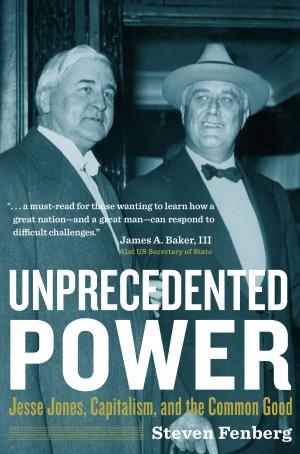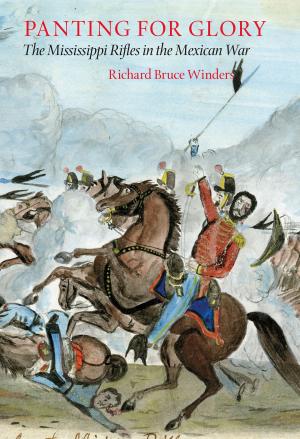Texas Market Hunting
Stories of Waterfowl, Game Laws, and Outlaws
Nonfiction, Science & Nature, Nature, Environment, Natural Resources, Sports, Outdoors, Hunting, History, Americas, United States| Author: | R. K. Sawyer | ISBN: | 9781623490157 |
| Publisher: | Texas A&M University Press | Publication: | October 1, 2013 |
| Imprint: | Texas A&M University Press | Language: | English |
| Author: | R. K. Sawyer |
| ISBN: | 9781623490157 |
| Publisher: | Texas A&M University Press |
| Publication: | October 1, 2013 |
| Imprint: | Texas A&M University Press |
| Language: | English |
From its earliest days of human habitation, the Texas coast was home to seemingly endless clouds of ducks, geese, swans, and shorebirds.
By the 1880s Texas huntsmen, or market hunters, as they came to be called, began providing meat and plumage for the restaurant tables and millinery salons of a rapidly growing nation. A network of suppliers, packers, distribution centers, and shipping hubs efficiently handled their immense harvest.
At the peak of Texas market hunting in the late 1890s, Rockport merchants shipped an average of 600 ducks a day in a five-month shooting season, and in the last year of legal market hunting, an estimated 60,000 ducks and geese were shipped from Corpus Christi alone.
Market men employed efficient methods to harvest nature’s bounty. They commonly hunted at night, often using bait to concentrate large numbers of waterfowl. The effectiveness of the hunt was improved when side-by-side double barrel shotguns and large-gauge swivel guns gave way to repeating firearms, with some capable of discharging as many as eleven shells in a single volley.
Their methods were so efficient that, by the late 1800s, Texas sportsmen and others blamed the alarming decline of coastal waterfowl populations on the market hunter’s occupation. In 1903, after a long fight and many failures, the first migratory bird game law passed the Texas legislature. Though the fight would continue, it was the beginning of the end of the year-round slaughter. Most market hunters quit, and those who didn’t became outlaws.
In this book, R. K. Sawyer chronicles the days of market hunting along the Texas coast and the showdown between the early game wardens and those who persisted in commercial waterfowl hunting. Containing an abundance of rare historical photographs and oral history, Texas Market Hunting: Stories of Waterfowl, Game Laws, and Outlaws provides a comprehensive and colorful account of this bygone period.
From its earliest days of human habitation, the Texas coast was home to seemingly endless clouds of ducks, geese, swans, and shorebirds.
By the 1880s Texas huntsmen, or market hunters, as they came to be called, began providing meat and plumage for the restaurant tables and millinery salons of a rapidly growing nation. A network of suppliers, packers, distribution centers, and shipping hubs efficiently handled their immense harvest.
At the peak of Texas market hunting in the late 1890s, Rockport merchants shipped an average of 600 ducks a day in a five-month shooting season, and in the last year of legal market hunting, an estimated 60,000 ducks and geese were shipped from Corpus Christi alone.
Market men employed efficient methods to harvest nature’s bounty. They commonly hunted at night, often using bait to concentrate large numbers of waterfowl. The effectiveness of the hunt was improved when side-by-side double barrel shotguns and large-gauge swivel guns gave way to repeating firearms, with some capable of discharging as many as eleven shells in a single volley.
Their methods were so efficient that, by the late 1800s, Texas sportsmen and others blamed the alarming decline of coastal waterfowl populations on the market hunter’s occupation. In 1903, after a long fight and many failures, the first migratory bird game law passed the Texas legislature. Though the fight would continue, it was the beginning of the end of the year-round slaughter. Most market hunters quit, and those who didn’t became outlaws.
In this book, R. K. Sawyer chronicles the days of market hunting along the Texas coast and the showdown between the early game wardens and those who persisted in commercial waterfowl hunting. Containing an abundance of rare historical photographs and oral history, Texas Market Hunting: Stories of Waterfowl, Game Laws, and Outlaws provides a comprehensive and colorful account of this bygone period.















